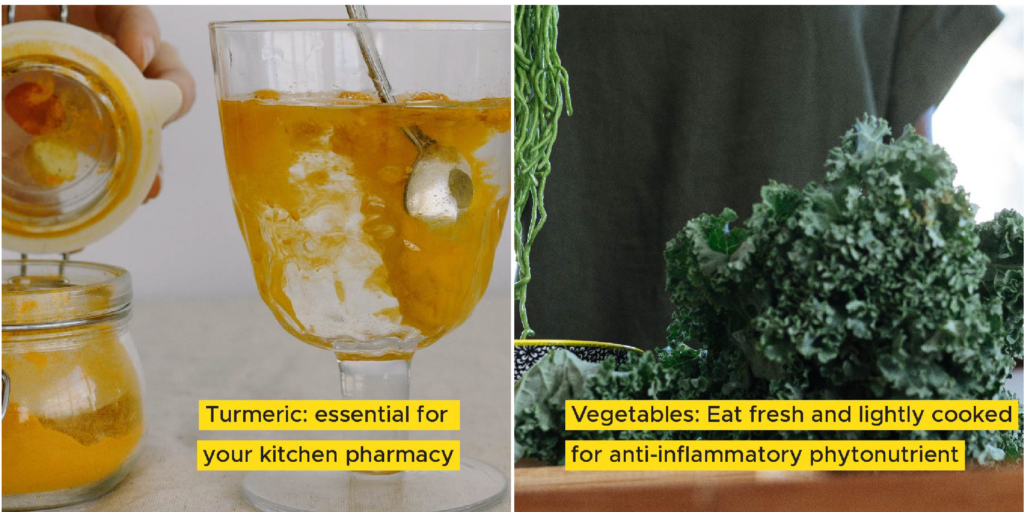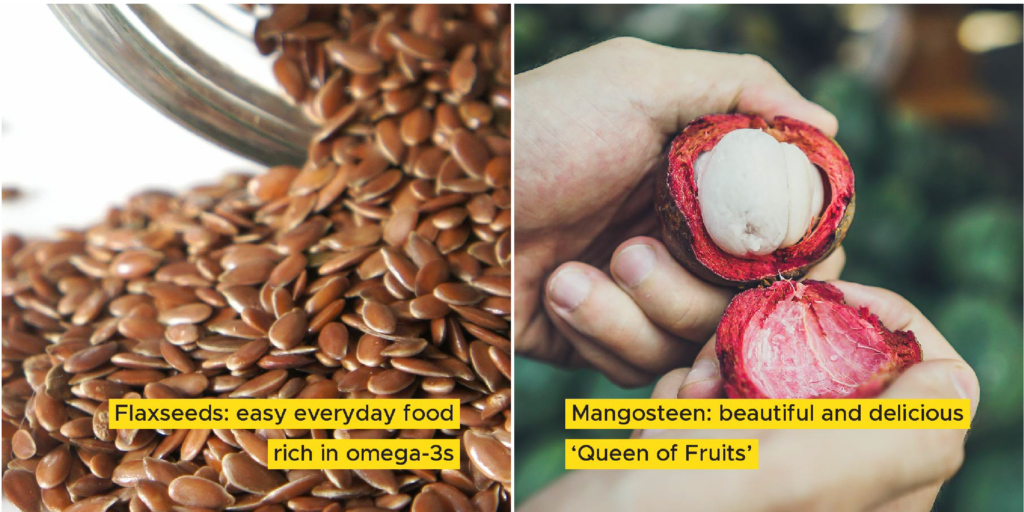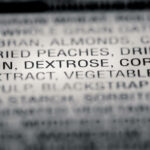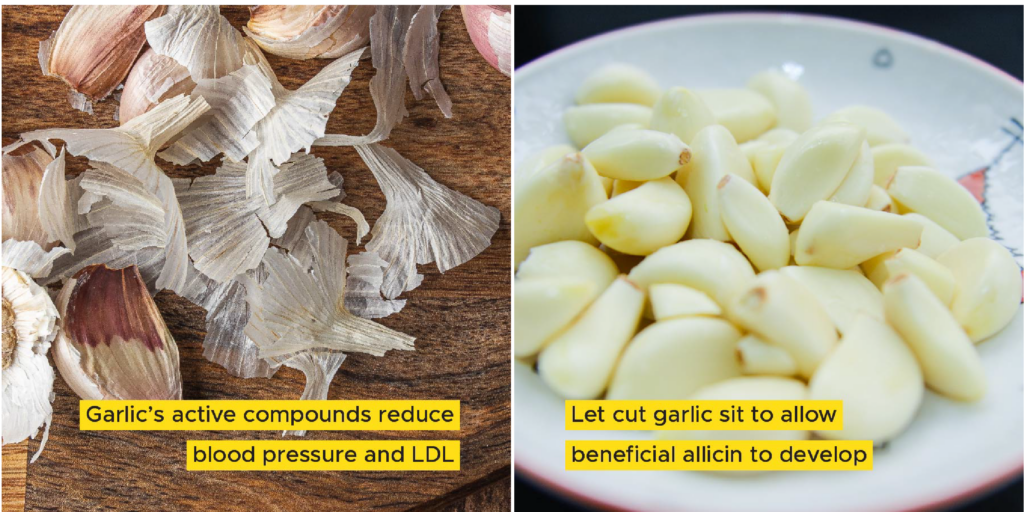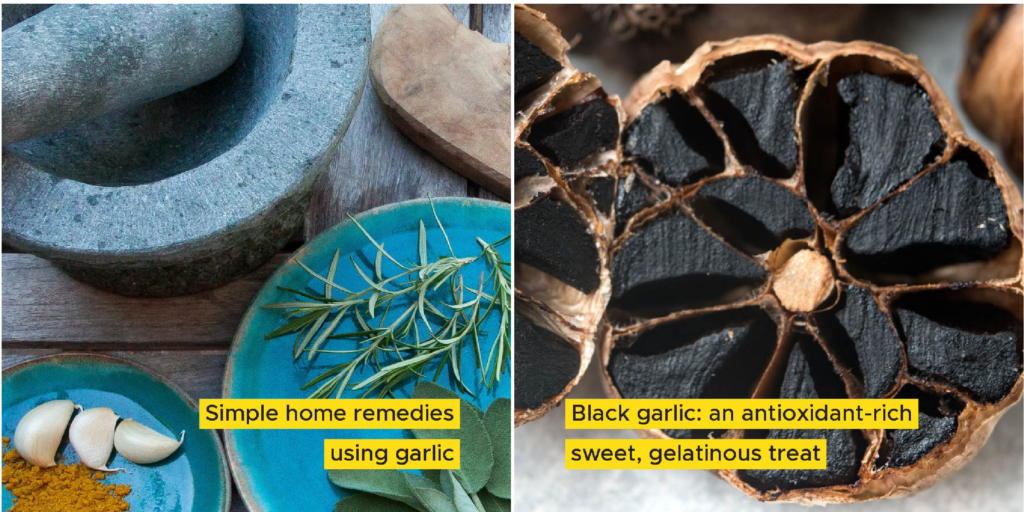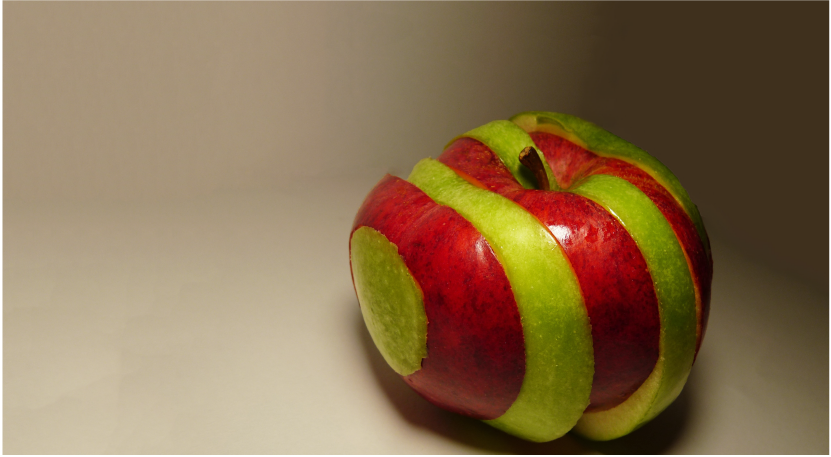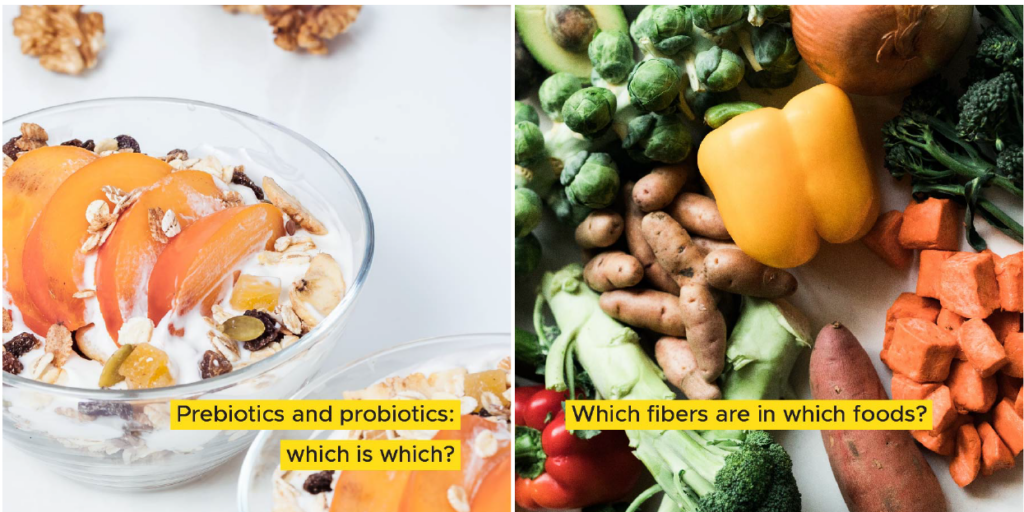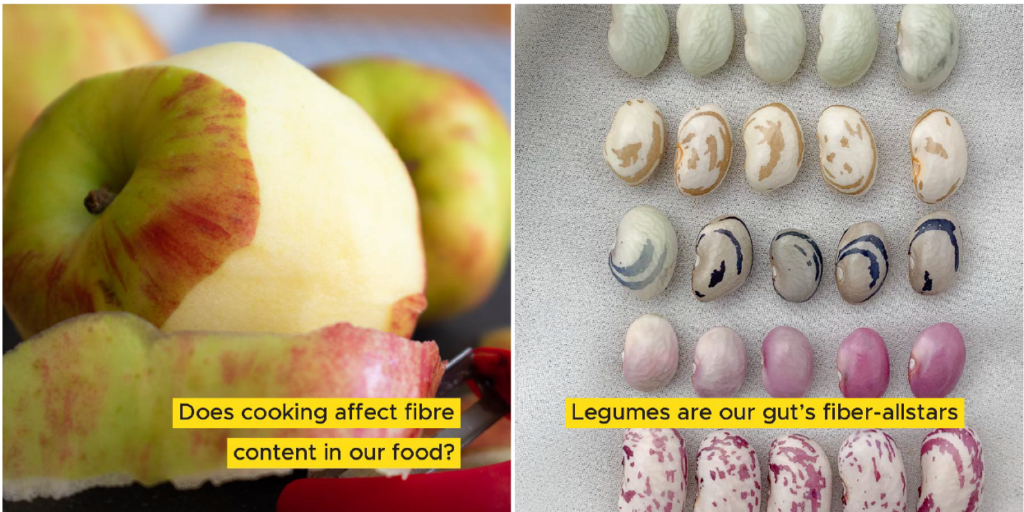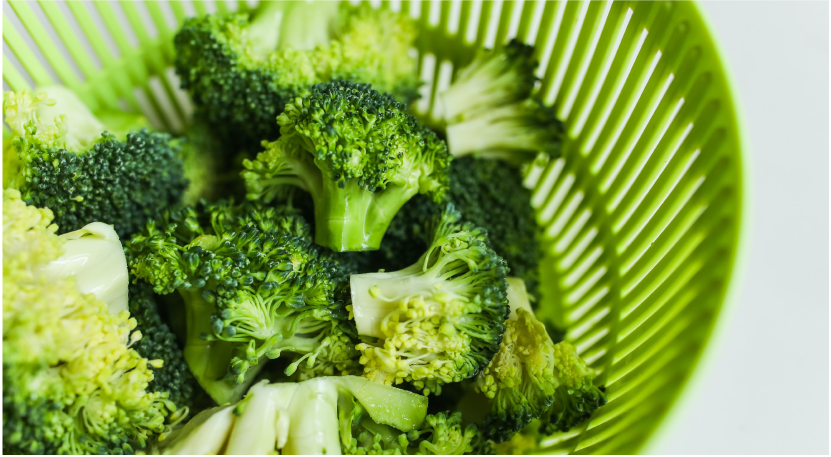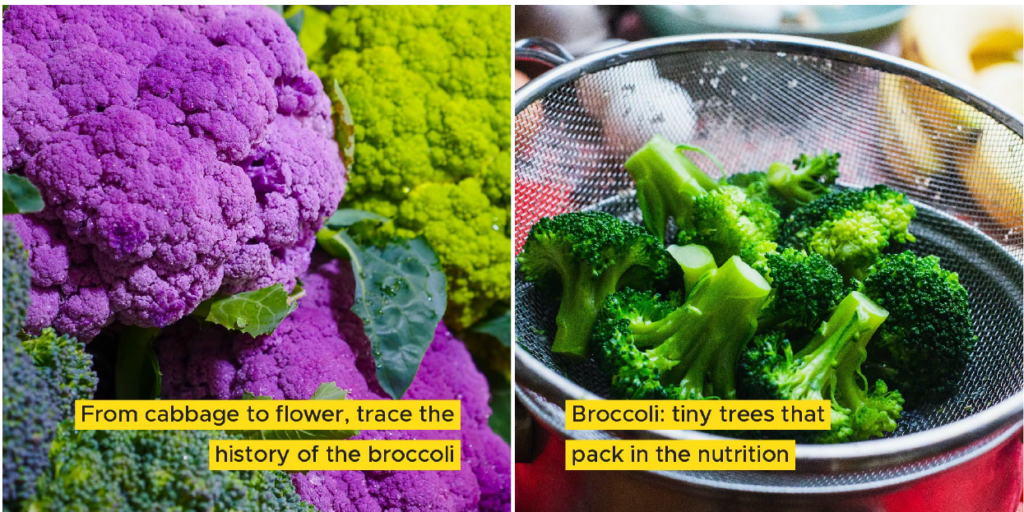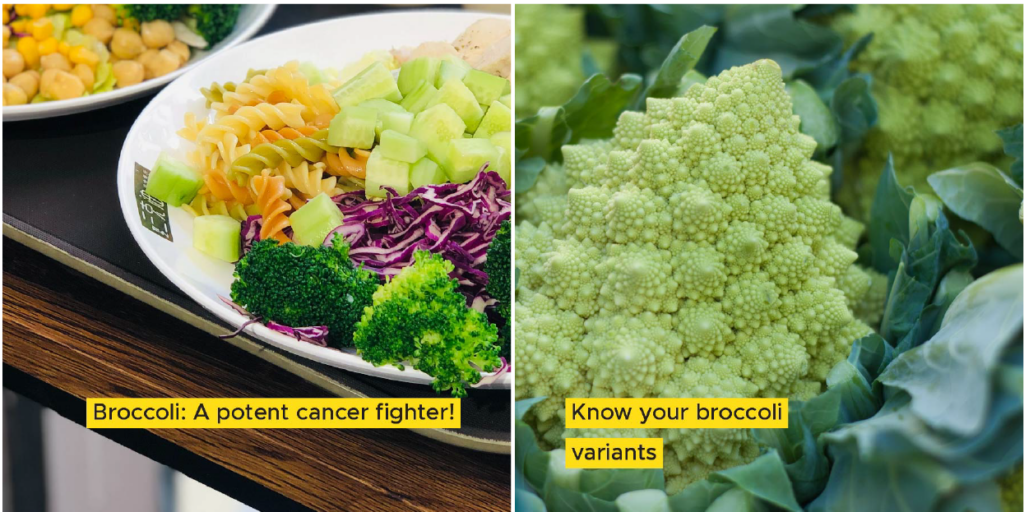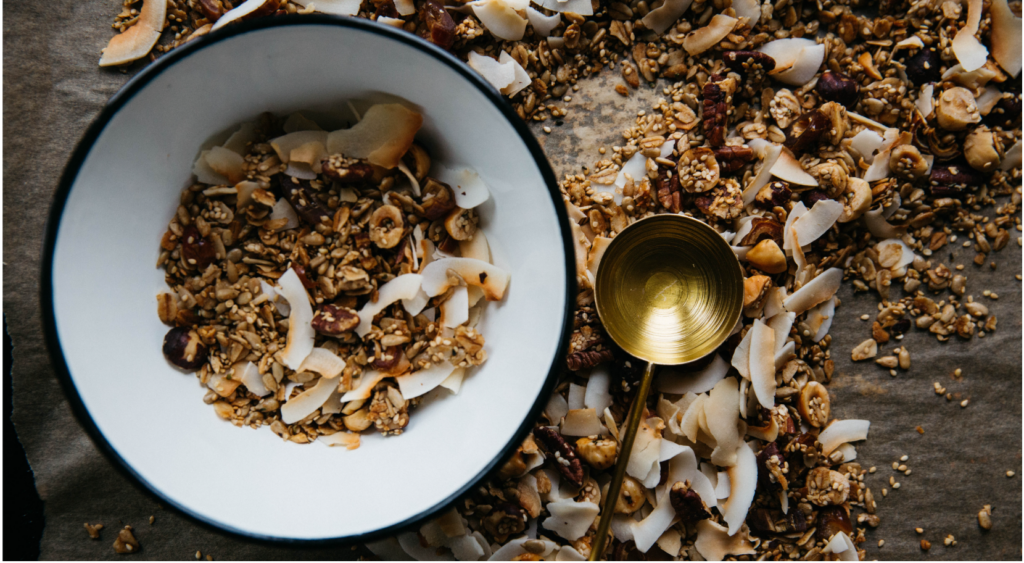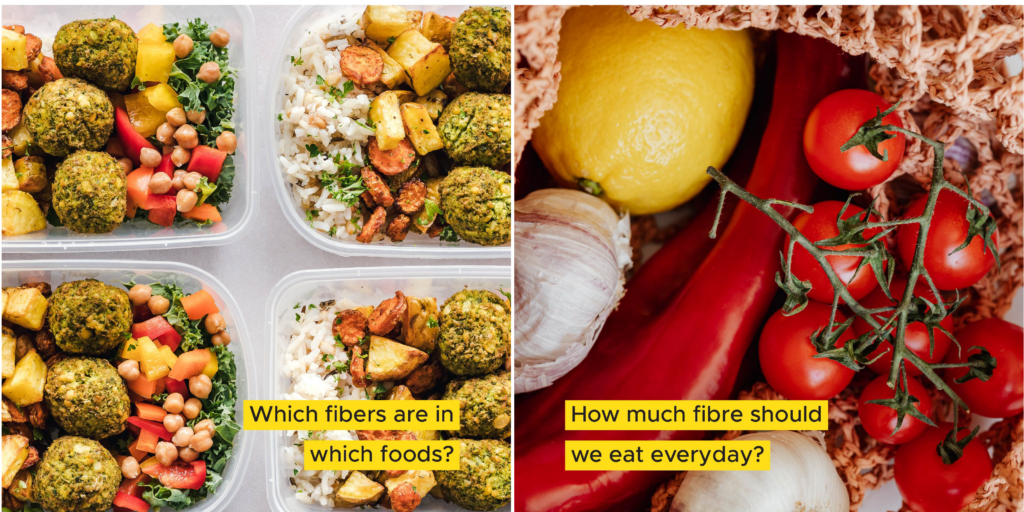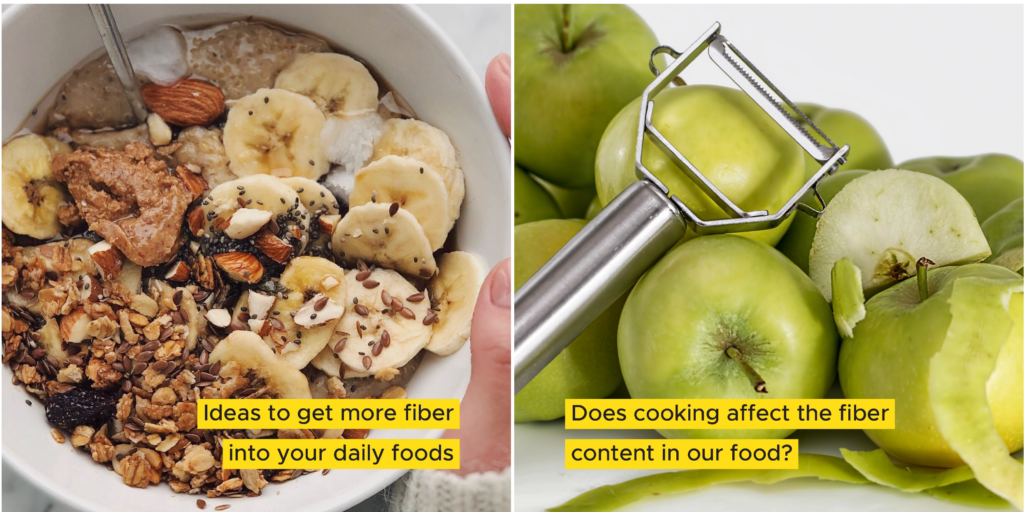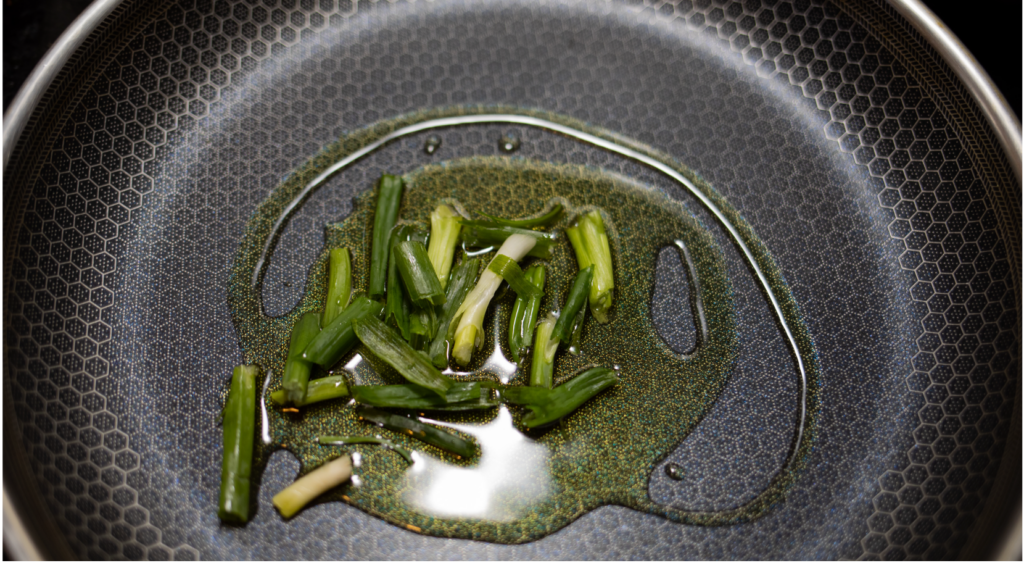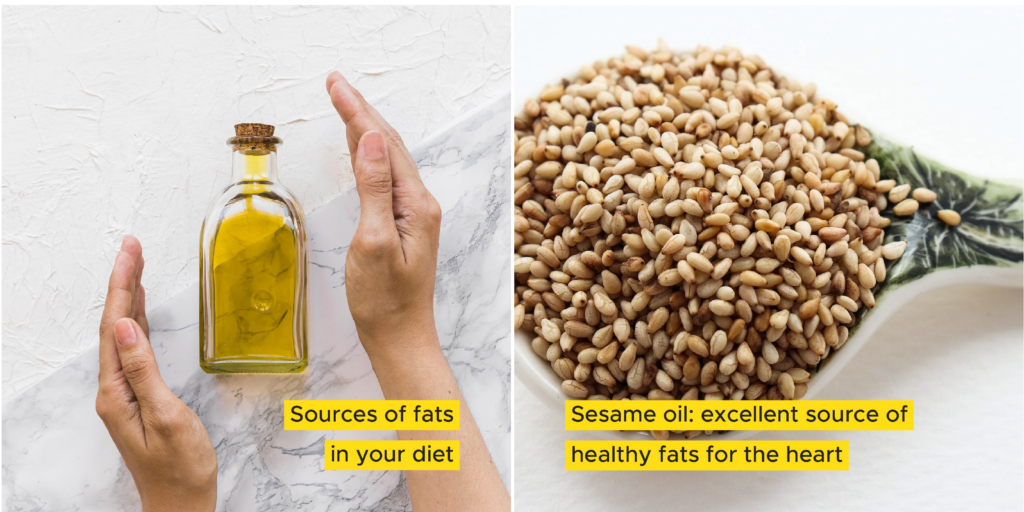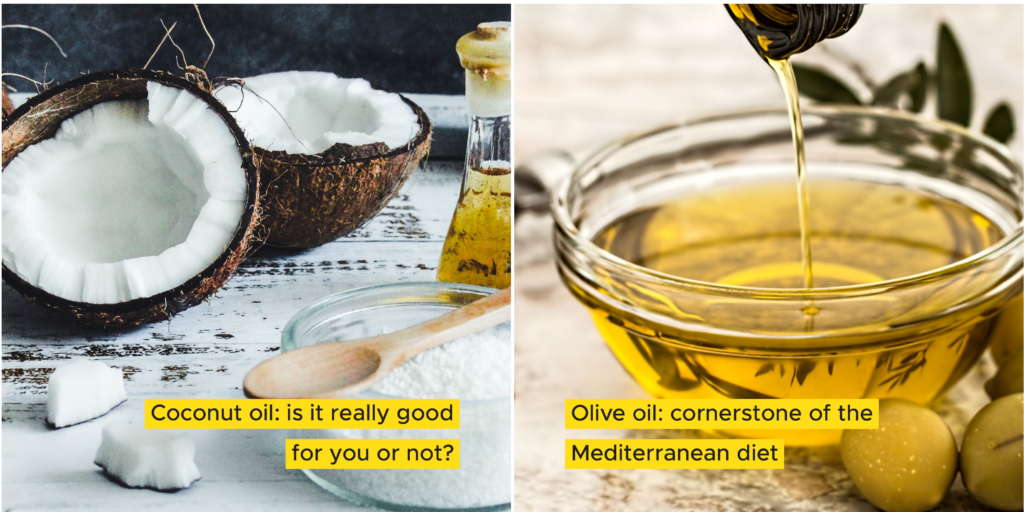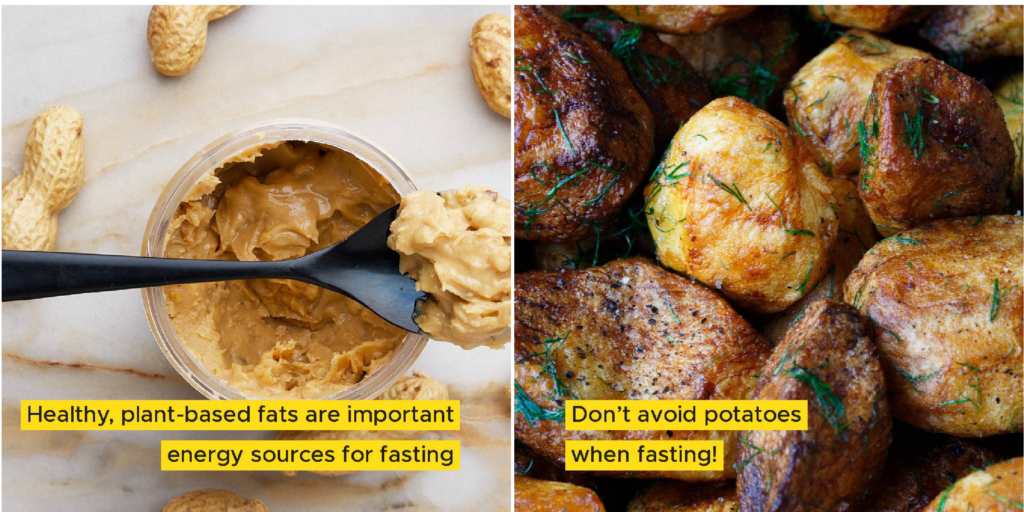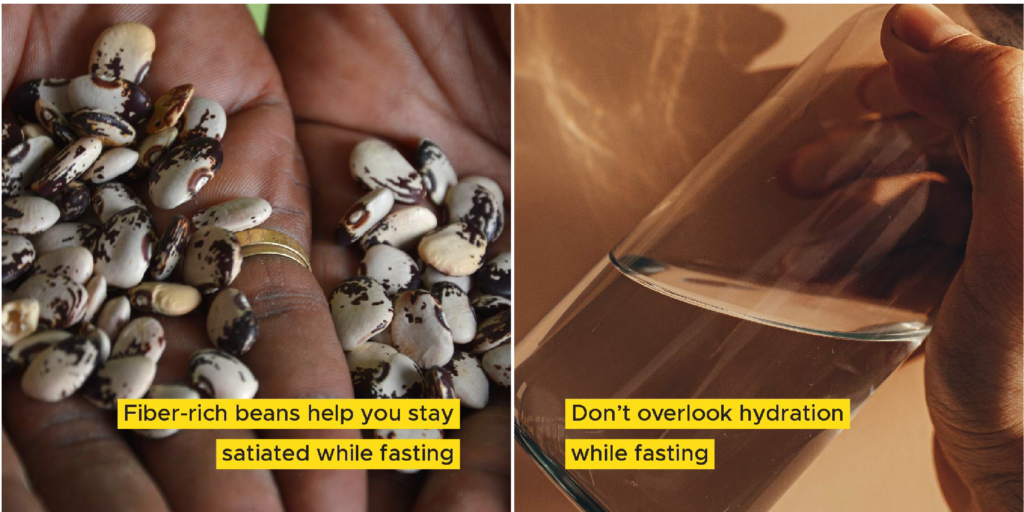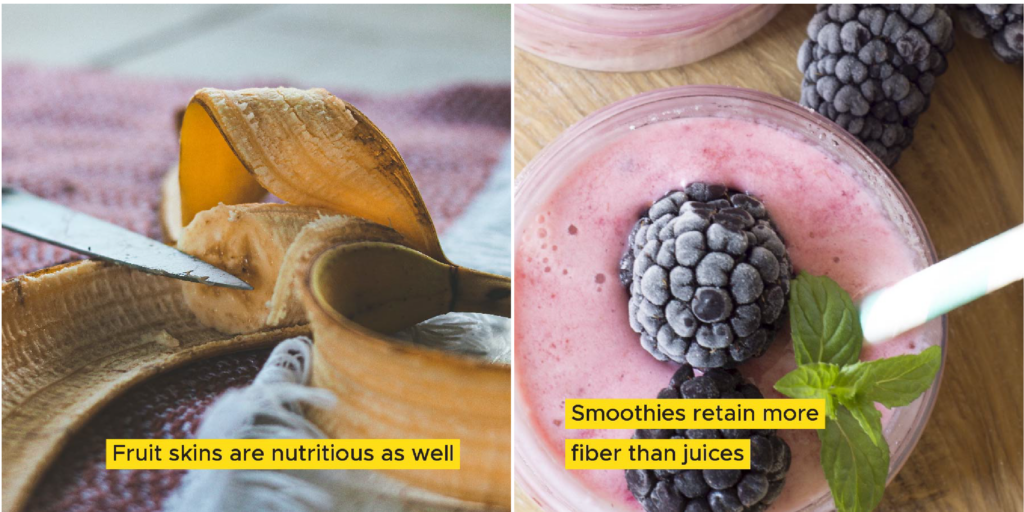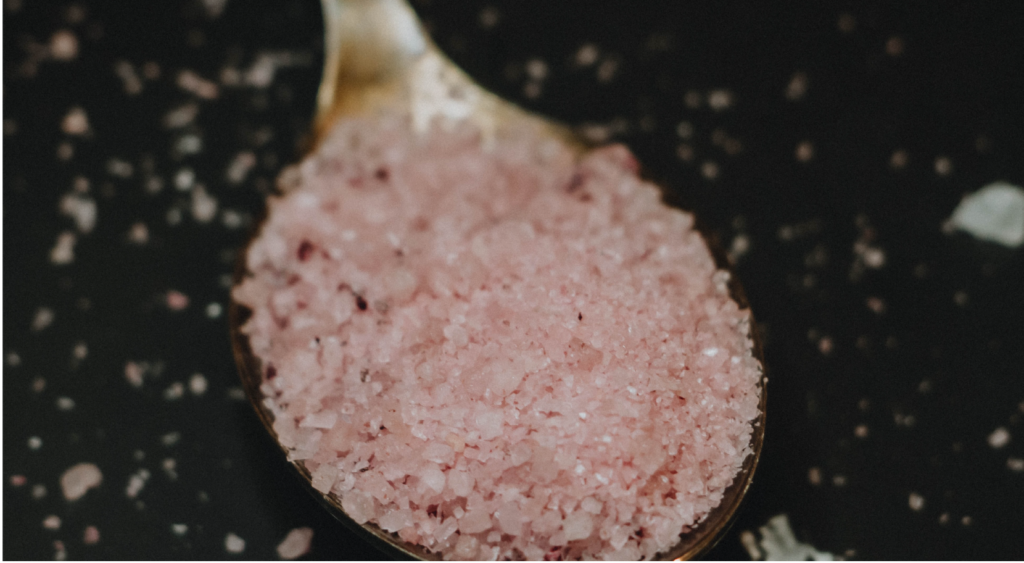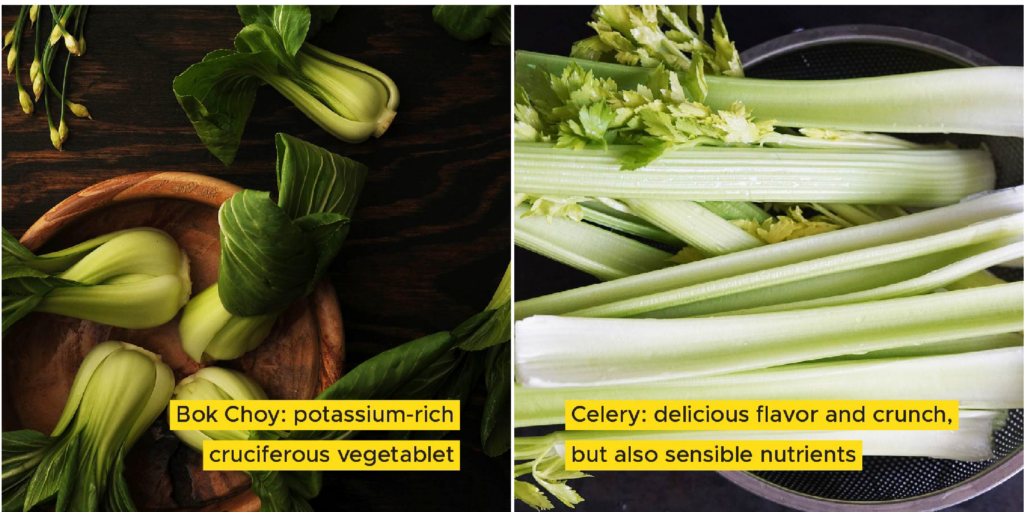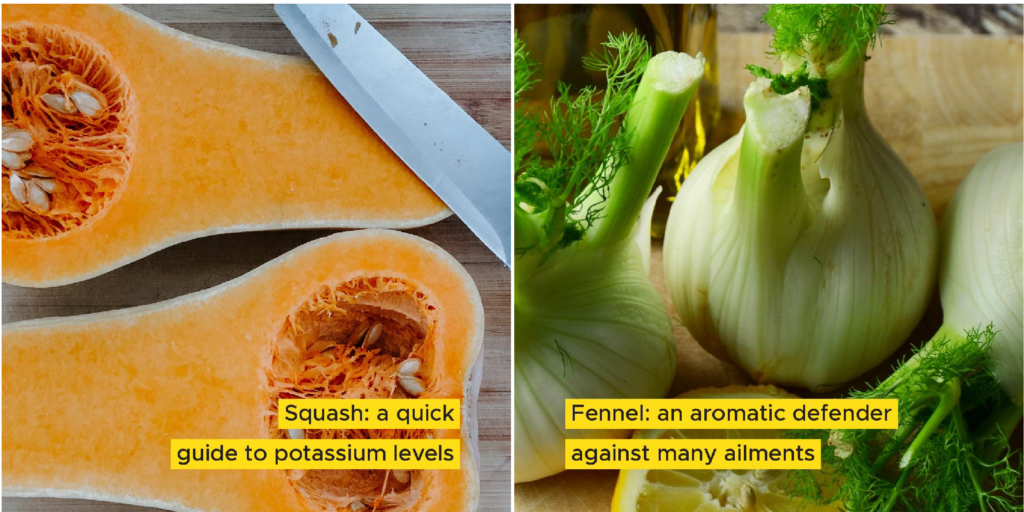Fruits and Vegetables: fresh, frozen or canned – what’s best for you?
Blog > Fruits and Vegetables: fresh, frozen or canned – what’s best for you?
Vitamin K and its health benefits
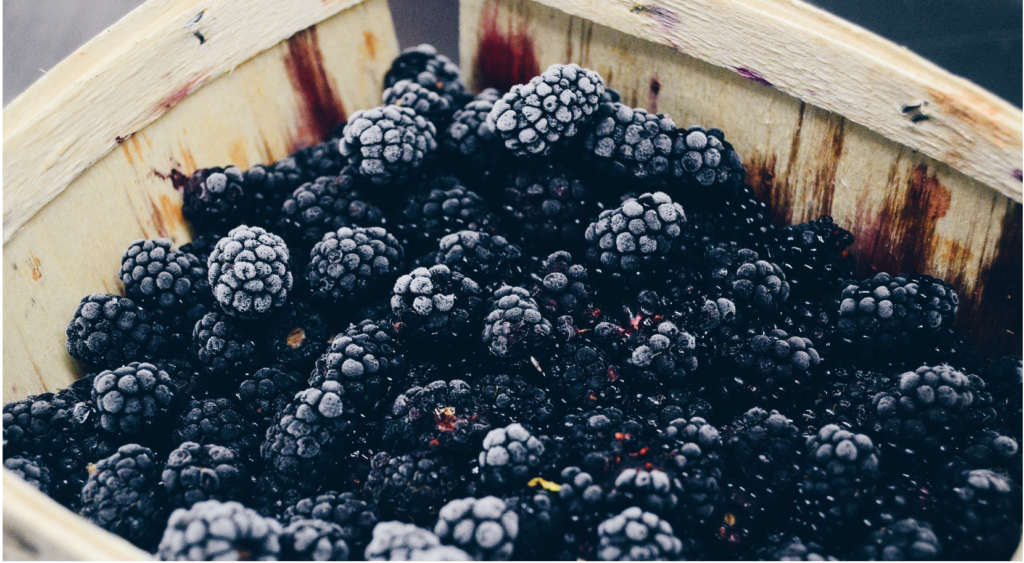
Fruits & vegetables are major sources of macronutrients like fiber, vitamins, and phytochemicals that are important for and in supporting overall wellness. When fruits and vegetables are transported long distances, they begin to undergo moisture and nutrient losses – its best to consume them fresh and within hours from harvest.
Unfortunately, such immediate consumption is not always available nor feasible for everyone. While new technologies (e.g. urban farming) are making this a reality, food companies have traditionally used various processing methods such as freezing, canning, drying, concentrates, fermentation etc. to make produce stable and available all year round.
But what’s the verdict? Are frozen produce less than their fresh counterparts? When is processing desirable? What do we need to know?
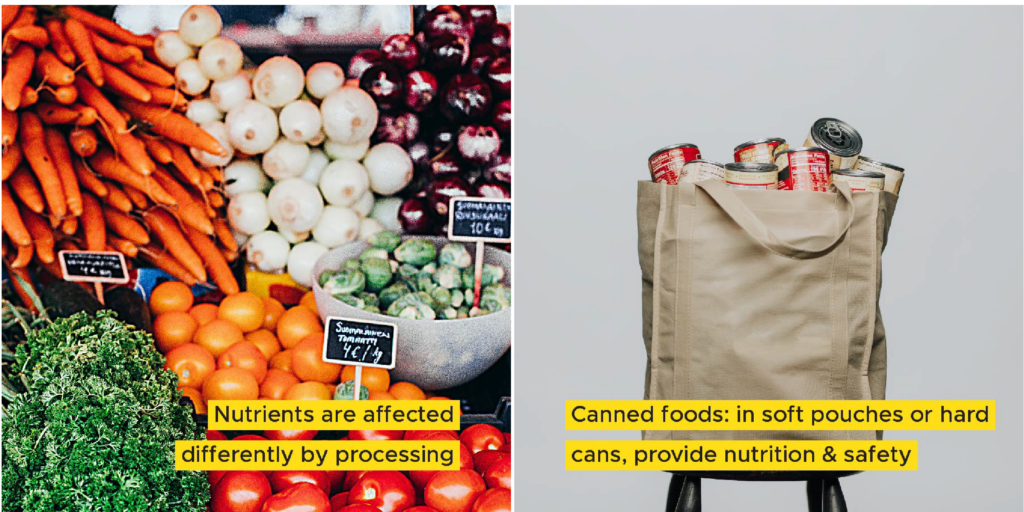
Nutrients are affected differently by processing
Water soluble vitamins such as Vitamin C and B6 are most vulnerable to processing. Produce rich in these vitamins include papaya, spinach, citrus fruits, cauliflower and cabbage. Where possible, buy these fresh and consume quickly – even storing them in the refrigerator can lead to significant losses.
Fat soluble vitamins such as A (including carotenoids) and E are less affected by processing as their oil-soluble nature helps to keep these nutrients from leaching into the cooking liquid. Some foods include almonds, kale, avocado and Swiss chard.
Minerals and fibers in fruit and vegetables are largely not affected by processing. For some nutrients, such as lycopene in tomatoes, their availability is enhanced as heat induces the release of this nutrient from the cellular matrix of fresh tomatoes.
Canned foods: in soft pouches or hard cans, provide nutrition & safety
Canning cooks food at high temperatures (120C / 248F) & pressure that kills dangerous bacteria, preserving food for months without artificial chemicals, and yet retaining flavor and nutrition. Key nutrients like protein, carbohydrate, fiber, fat and many vitamins & minerals are retained or even enhanced by this heating process. In addition, canning in both hard cans and soft pouches is inexpensive, and provides tasty and nutritious food to even those on a tight budget.
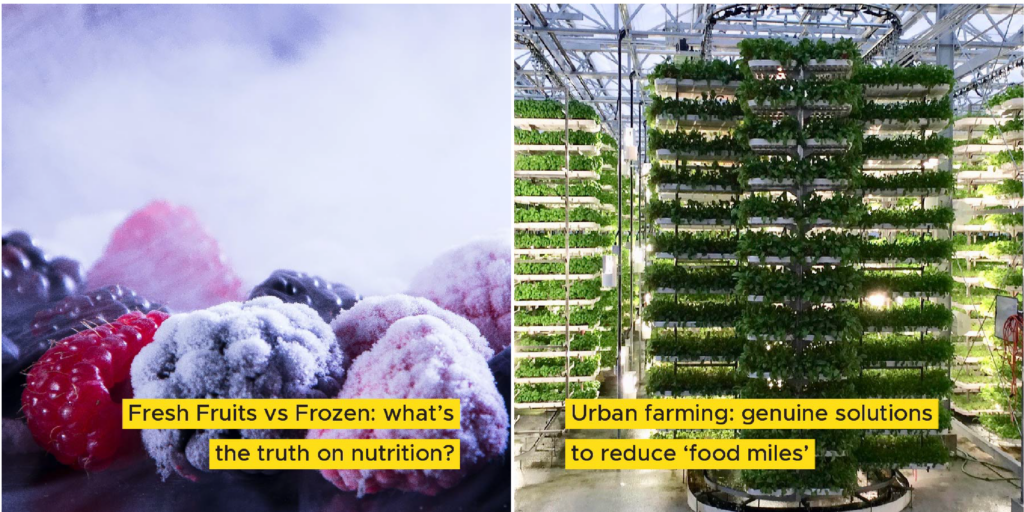
Fresh Fruits vs Frozen: what’s the truth on nutrition?
Fruits are highly seasonal, yet we tend to have a wide range readily available throughout the year. During transit, fresh fruits are exposed to air and light which in turn causes it to undergo oxidation leading to lower nutrients. Frozen fruits on the other hand are normally frozen right after harvest. The process literally ‘freezes in’ the inherent flavor and nutrition. Your best choice: buy local fruits fresh and don’t hesitate to indulge in more ‘exotic’ frozen fruits. They are good for you.
Urban farming: genuine solutions to reduce ‘food miles’
With advances in technology and the wider availability of sensors, we are now able to finely control the growing environment in farms to suit a plant’s needs regardless of the climate. Furthermore, these farms are increasingly automated and space-efficient, growing as much as 100 times more produce than a typical farm of the same size. This means we can now grow nearer to consumers, whether in the city or in remote areas. In fact, you might just see it in your grocery aisles next! Look out for these products; they cost more but are worth their weight in nutrients.
Featured Posts
Top Tags

